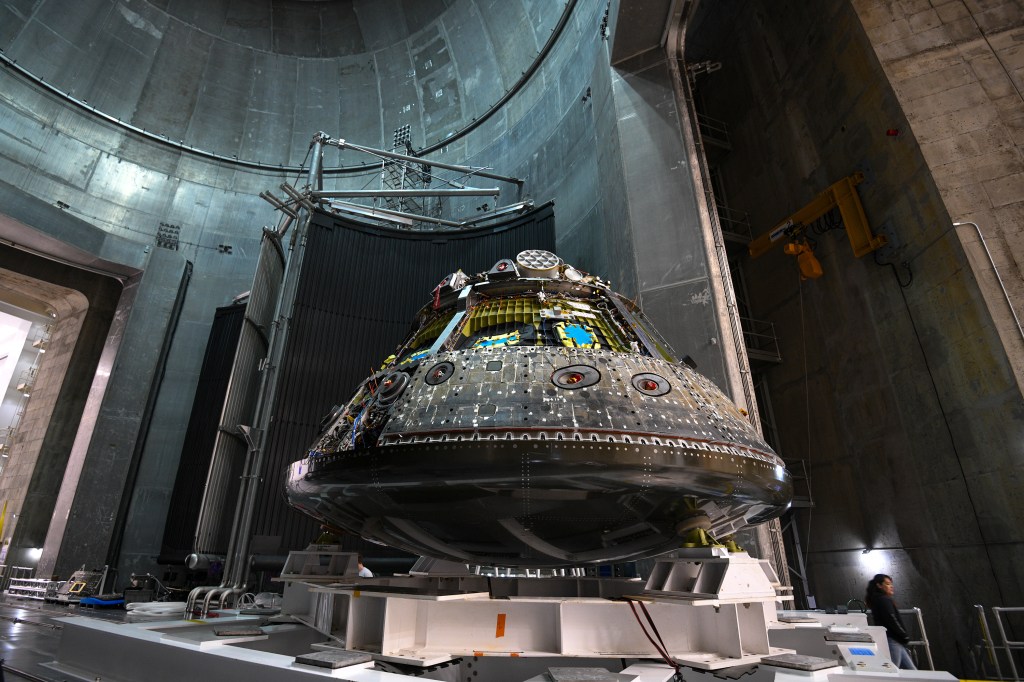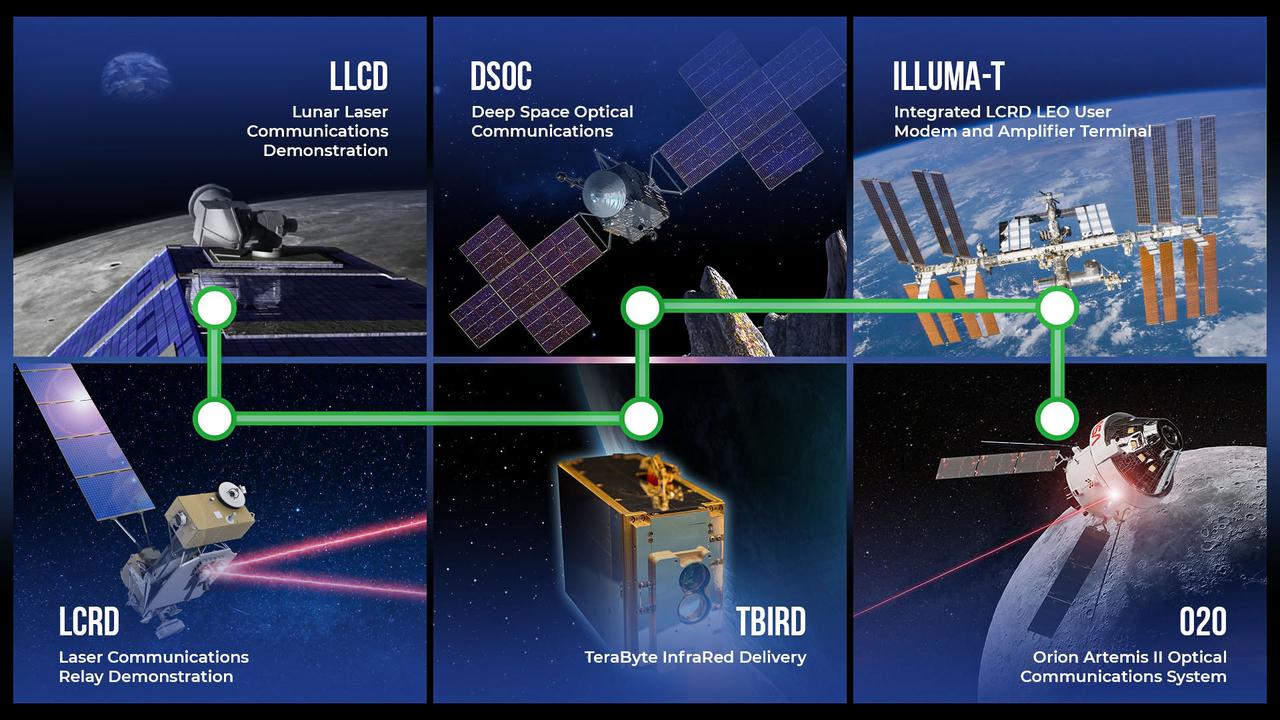Lee esta historia en español aquí.
The International Space Station is a hub for scientific research and technology demonstration. Currently, in its third decade of human-tended operations, the orbiting lab is building on previous research to produce pivotal results while conducting cutting-edge science. Read highlights of some of the groundbreaking space station science conducted in 2023 that is benefiting humanity on Earth and preparing humans for journeys to the Moon and beyond.
Bringing Back the Benefits to People on Earth
The first human knee meniscus was successfully bioprinted in orbit using the space station’s BioFabrication Facility. BFF-Meniscus-2 evaluates 3D printing knee cartilage tissue using bioinks and cells. Demonstration of this capability in space supports continued and expanded commercial use of the space station for fabricating tissues and organs for transplant on the ground.
For the first time in space, scientists produced a quantum gas containing two types of atoms using station’s Cold Atom Laboratory. This new capability could allow researchers to study the quantum properties of individual atoms as well as quantum chemistry, which focuses on how different types of atoms interact and combine in a quantum state. This research could enable a wider range of Cold Atom Lab experiments, harnessing the facility to develop new space-based quantum technologies. Quantum tools are used in everything, from cell phones to medical devices, and could deepen our understanding of the fundamental laws of nature.
Monitoring Climate Change from Above
On Sept. 14, 2023, NASA announced that July 2023 was the hottest recorded month since 1880. The space station is helping monitor climate change by collecting data using multiple Earth-observing instruments mounted on its exterior.
Since launching in 2022, NASA’s EMIT (Earth Surface Mineral Dust Source Investigation) has detected more than surface minerals. The imaging spectrometer is now identifying point-source emissions of greenhouse gases with a proficiency that surprises even its designers. Detecting methane was not part of EMIT’s primary mission, but with more than 750 emissions sources now identified, the instrument has proven effective at spotting sources both big and small. This is an important factor in identifying “super-emitters” – sources that produce disproportionate shares of total emissions. Tracking human-caused emissions could offer a low-cost, rapid approach to reducing greenhouse gases.
Models using NASA’s ECOSTRESS data found that photosynthesis in plants begins to fail at 116 degrees Fahrenheit (F) (46.7 degrees Celsius (C)). ECOSTRESS is helping to explore the implications of climate change within tropical rainforests. According to this study, average temperatures have increased 0.5 C per decade in some tropical regions, and temperature extremes are becoming more pronounced. It is unknown whether tropical vegetation temperatures could soon approach this threshold, but this result raises awareness of the need to mitigate climate change effects on rainforests, a primary producer of the world’s oxygen.
Studying for the Journey Beyond Low Earth Orbit
NASA has achieved 98% water recovery aboard the U.S. segment of the space station, a necessary milestone for space missions that venture to distant destinations. NASA uses the station to develop and test life support systems that can regenerate or recycle consumables such as food, air, and water. Ideally, life support systems need to recover close to 98% of the water that crews bring along at the start of a long journey. In 2023, the space station’s Environmental Control and Life Support System demonstrated this ability
NASA’s ILLUMA-T, a laser communications demonstration, completed its first link — a critical milestone for the agency’s first two-way laser relay system. Laser communications send and receive information at higher rates, providing spacecraft with the capability to send more data back to Earth in a single transmission. Testing operational laser communications in a variety of scenarios could refine the capability for future missions to the Moon and Mars.
NASA astronaut Frank Rubio completed a record-breaking science mission, spending 371 days in space. During his time in orbit, Rubio was the first astronaut to participate in a study examining how exercising with limited gym equipment affects the human body and is one of a handful of astronauts to help researchers test whether an enhanced diet can improve adaptation to life in space. Rubio’s contributions help researchers understand how spaceflight affects human physiology and psychology and prepare for long-duration missions.
The completion of one of the first multi-generational plant studies aboard the space station could help researchers assess whether genetic adaptations in one generation of plants grown in space can transfer to the next. Plant Habitat-03 results could provide insight into how to grow repeated generations of crops to provide fresh food and other services on future space missions.
Saffire-IV (Spacecraft Fire Experiment-IV) marked the completion of a series of combustion experiments helping researchers understand the risks and behaviors of fire in space. Because flame-related experiments are difficult to conduct aboard an occupied spacecraft, Saffire (Spacecraft Fire Experiments) use the unmanned Cygnus resupply vehicle after it departs from the space station to test flammability at different oxygen levels and to demonstrate fire detection and monitoring capabilities.
Christine Giraldo
International Space Station Program Research Office
Johnson Space Center
Search this database of scientific experiments to learn more about those mentioned above.






































